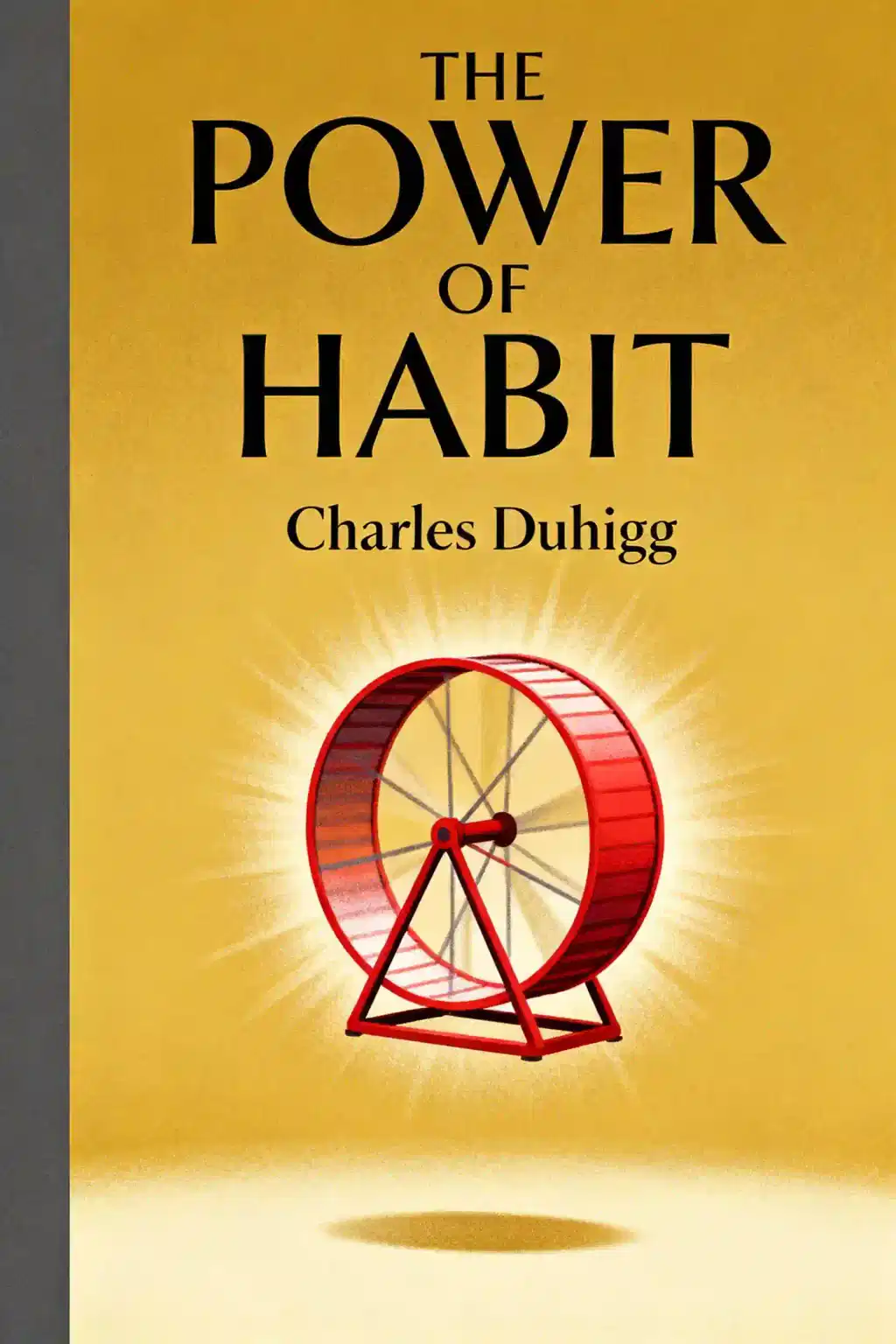What is
The Coaching Habit by Michael Bungay Stanier about?
The Coaching Habit teaches leaders to coach effectively using seven strategic questions, reducing overbearing advice-giving and fostering team independence. It combines neuroscience and behavioral economics to turn coaching into daily habits, helping managers break cycles of overdependence and overwhelm. The book emphasizes asking questions like “What’s on your mind?” to empower teams and focus on meaningful challenges.
Who should read
The Coaching Habit?
Managers, executives, teachers, and mentors seeking to improve communication and leadership through coaching will benefit. It’s ideal for those overwhelmed by team reliance or disconnection from core goals. The practical framework suits busy professionals wanting actionable tools over theoretical concepts.
Is
The Coaching Habit worth reading?
Yes, for its concise, actionable approach to coaching. Readers praise its practicality—many immediately apply the seven questions. Critics note it could be shorter but acknowledge its value in habit-building and real-world impact. It’s a quick read with video resources to deepen understanding.
What are the seven coaching questions in
The Coaching Habit?
- Kickstart: “What’s on your mind?”
- AWE: “And what else?”
- Focus: “What’s the real challenge here for you?”
- Lazy: “How can I help?”
- Strategic: “If you’re saying yes to this, what are you saying no to?”
- Foundation: “What do you want?”
- Learning: “What was most useful for you?”
These questions simplify coaching conversations, fostering self-reliance.
How does
The Coaching Habit help reduce overdependence in teams?
By shifting from advice-giving to question-asking, managers help teams solve problems independently. The “Lazy Question” (“How can I help?”) stops unnecessary delegation, while the “Strategic Question” clarifies priorities. This reduces bottlenecks and empowers employees to take ownership.
What criticisms exist about
The Coaching Habit?
Some argue the content could fit a long article rather than a full book. While the seven questions are impactful, deeper behavioral science context is sparse. However, most agree its simplicity and habit-forming approach outweigh this limitation.
How does
The Coaching Habit compare to
Atomic Habits?
Both focus on habit formation but differ in scope. Atomic Habits explores universal behavior change, while The Coaching Habit targets leadership coaching. Michael Bungay Stanier cites Charles Duhigg’s habit loop but applies it narrowly to managerial interactions.
Can
The Coaching Habit improve workplace communication?
Yes. The “AWE Question” (“And what else?”) uncovers deeper issues, while the “Focus Question” clarifies root challenges. These tools reduce misunderstandings and surface unspoken concerns, creating more meaningful dialogue.
What real-world impact does
The Coaching Habit have?
Managers report reduced micromanagement and clearer team priorities. Teachers and mentors use the questions to guide students without dictating solutions. Readers highlight improved time management and stronger relational trust.
Why is
The Coaching Habit relevant in 2025?
As remote work and AI tools increase, coaching remains critical for human-centered leadership. The book’s focus on concise, impactful questions aligns with faster-paced, hybrid environments. Its principles adapt well to digital communication trends.
How does Michael Bungay Stanier’s background influence
The Coaching Habit?
As founder of Box of Crayons, a coaching consultancy, Stanier trained 10,000+ managers. His experience distilling complex ideas into practical tools shapes the book’s actionable style, blending storytelling with behavioral science.
What metaphors or frameworks does
The Coaching Habit use?
The “Drama Triangle” (victim, villain, hero) is reframed to avoid savior complexes. Habit loops (cue, routine, reward) from The Power of Habit underpin the coaching questions, turning them into automatic responses.














